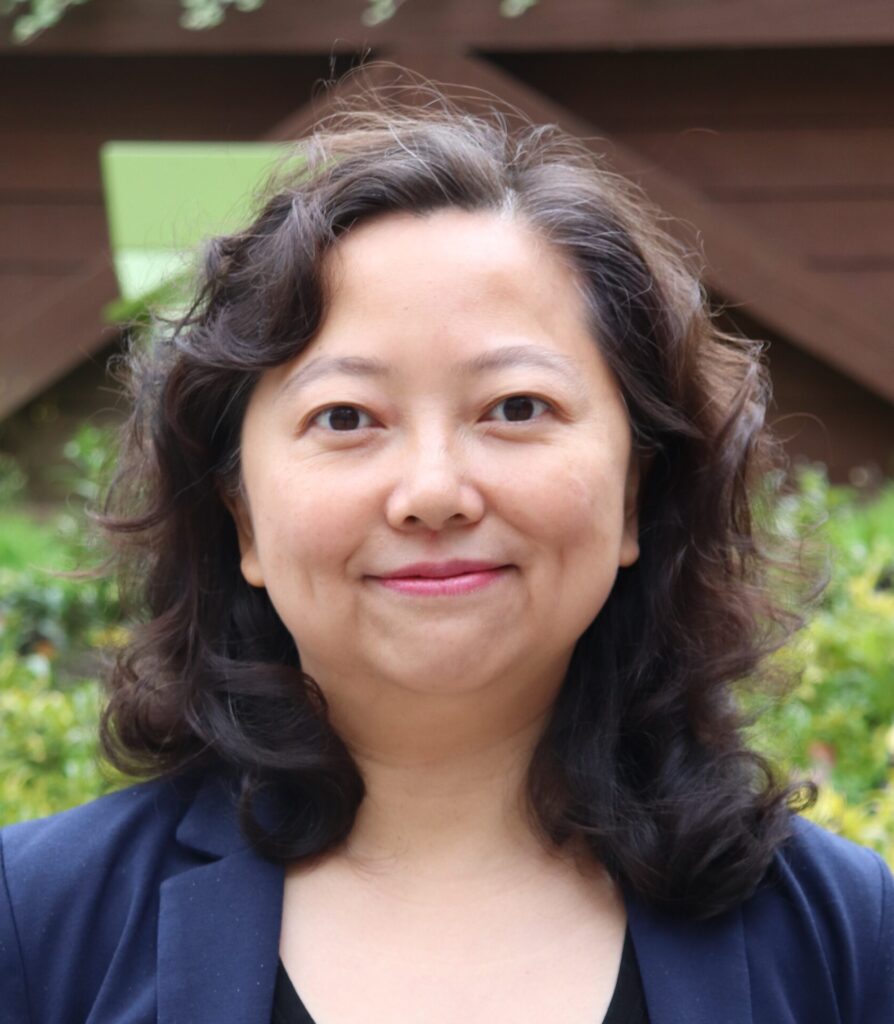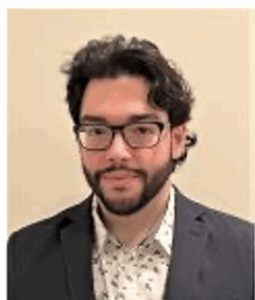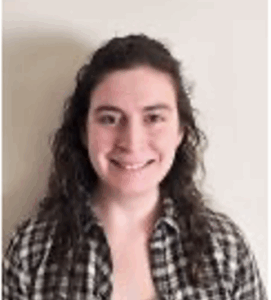Our Mission: Promoting positive organizational culture and climate to ensure safety, health, well-being, and respectful experiences for everyone in the workplace.
What are safety culture and safety climate? Safety culture and safety climate are closely linked, yet distinct, phenomena in the workplace. Safety culture refers to beliefs about the importance of safety that drive company policies and influence workplace behaviors. Safety climate, on the other hand, refers to the opinions employees share about whether safety is truly prioritized by their company’s policies, procedures, and practices. In recent years, safety climate has gained attention as a key indicator of whether the prioritization of safety holds up against competing demands like productivity and deadlines. It offers a measurable snapshot of an organization’s safety culture at a particular point in time.
What does that mean? Even when a company appears to prioritize safety through programs and protocols, it may still have a poor safety climate. Employees can tell if safety is deprioritized during moments of high pressure in favor of productivity or efficiency, and this reality is reflected in the safety climate. Risk managers can evaluate a company’s current safety climate by surveying employees about their leadership’s commitment to, and support for, safety. Our work has expanded this concept by enabling climate surveys to also capture how companies prioritize health, well-being, and respect.
Why is this important? Safety climate serves as a key predictor of safety outcomes, like accidents, injuries, and safety behaviors. This is because it is the measurable aspect of an organization’s safety culture, which is the driving force behind safety-related policies, procedures, and practices.
What are the implications? By monitoring safety climate, companies can proactively detect potential issues and make targeted improvements to their safety management systems—helping prevent accidents and strengthening their safety culture over time.
How can we Help you? We offer you a real-time snapshot of your company’s safety climate through our two-tiered survey. By providing insights into the way safety is handled by company leaders (both top managers and supervisors), it highlights areas where improvement is truly needed. We then guide you through strategies you can use to act on these insights. This will help you reinforce a strong and sustainable safety culture!
To learn more about this important area of practice and research, visit Dr. Emily Huang’s lab page at Oregon Health & Science University (OHSU).
Consultation on Safety Climate and Culture, through Dr. Huang, is available from NwETA’s Shop page.
Team Members
Dr. Emily Huang is the Director of NwETA’s Safety Climate and Safety Culture program. She is an Occupational Health Psychologist and Industrial-Organizational Psychologist and Professor at OHSU’s OccHealthSci Institute. Her work focuses on developing and validating surveys—such as the Safety Climate, Total Worker Health® (TWH) Climate, and Respectful Workplace Climate surveys—to assess and serve as indicators of workplace culture. She has also developed evidence-informed trainings to help organizations strengthen their workplace culture.
Dr. W. Kent Anger is a Professor Emeritus at OHSU and Managing Director of NwETA’s Safety Climate and Safety Culture program. He has a PhD in Experimental Psychology with additional specialization in applied behavior analysis. He was a Scientist Director (captain rank) in the Commissioned Corps of the US Public Health Service at NIOSH and Professor and Founding Director of the Oregon Healthy Workforce Center at OHSU. His focus for the Lab is in strategy and developing interventions that are effective with workforces that have limited through advanced education.
Dr. Frank Giordano is the Associate Managing Director of NwETA’s Safety Climate and Safety Culture Program, with a Ph.D. in Industrial/Organizational Psychology from Kansas State University, and degrees from Kansas State (M.S.) and Manhattan College (B.S.). His work focuses on occupational safety and health, risk perception, and work arrangements, aiming to bridge the gap between science and practice through research-informed, actionable interventions that improve safety, health, and well-being.
Cassandra Chlevin is a Assistant Managing Director in NwETA’s Safety Climate and Safety Culture program. She holds a B.S. in Psychology from Andrews University and an M.S. in Industrial-Organizational Psychology from Kansas State University, where she is also pursuing her Ph.D. in the same field. Her research focuses on scale development, occupational health psychology, well-being, and the dynamics of workplace stress. In particular, she explores how perceptions of coworkers influence the spread or mitigation of individual work-related stress.
Kali Kuhn is a Consulting Analyst in NwETA’s Safety Climate and Safety Culture program. She earned her B.S. in Psychology and Public Health Management & Policy from Oregon State University in Spring 2024. Her research interests center on improving mental health and overall well-being in the workplace by enhancing work environments and promoting safety through daily practices.
Bailey Lytle is a Consulting Analyst in NwETA’s Safety Climate and Safety Culture program. She holds an M.A. in Industrial/Organizational Psychology from the University of Nebraska Omaha and is currently pursuing her Ph.D. in the same field at the University of Georgia. Her research focuses on occupational safety, employee health and well-being, meaningful work, and recovery from work-related stress. Bailey is passionate about advancing positive, healthy work environments and developing impactful solutions to support employee well-being.
Margaret Rothwell is the team’s Consulting Analyst on safety climate. She has collaborated with Dr. Emily Huang on safety climate and culture initiatives for more than 20 years. With a B.S. in Education from Kent State University in Ohio, Peg brings a strong educational foundation and extensive experience to the role. Over the past two decades, she has supported safety research across a range of disciplines, including engineering, physical ergonomics, epidemiology, behavioral and social sciences, and disability/return-to-work programs.







